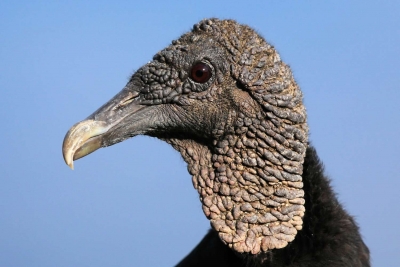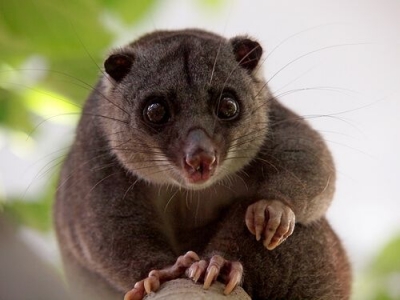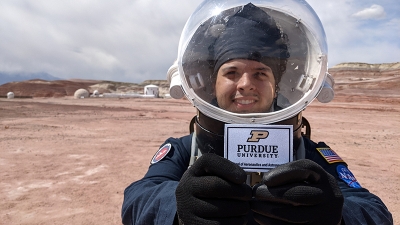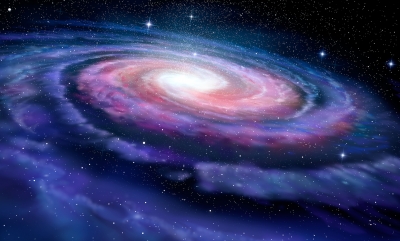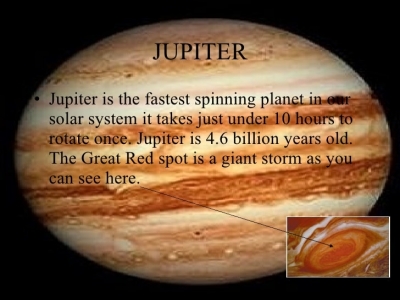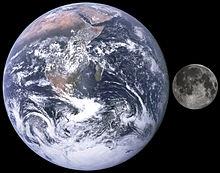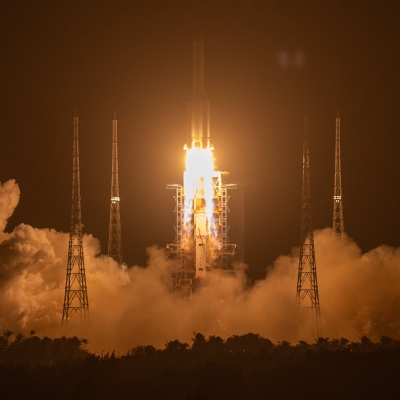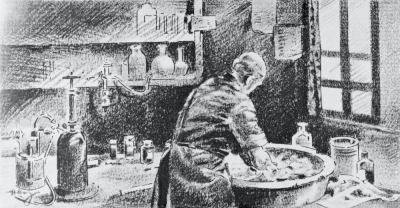What are the fun facts of vulture?
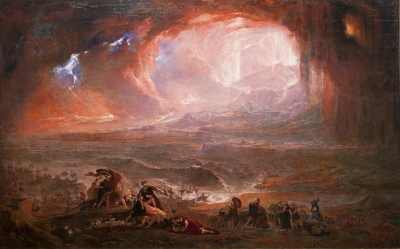
Vesuvius is the only active volcano in mainland Europe, and has produced some of the continent's largest volcanic eruptions. Located on Italy's west coast, it overlooks the Bay and City of Naples and sits in the crater of the ancient Somma volcano. Vesuvius is most famous for the 79 AD eruption which destroyed the Roman cities of Pompeii and Herculaneum. Though the volcano's last eruption was in 1944, it still represents a great danger to the cities that surround it, especially the busy metropolis of Naples.
Vesuvius is part of the Campanian volcanic arc, a line of volcanoes that formed over a subduction zone created by the convergence of the African and Eurasian plates. This subduction zone stretches the length of the Italian peninsula, and is also the source of other volcanoes like Mount Etna, the Phlegraean Fields (Campi Flegrei), Vulcano, and Stromboli. Under Vesuvius, the lower part of the subducting slab has torn and detached from the upper part to form what is called a "slab window." This makes Vesuvius' rocks slightly different chemically from the rocks erupted from the other Campanian volcanoes.
The cone known as Mount Vesuvius began growing in the caldera of the Mount Somma volcano, which last erupted about 17,000 years ago. Most rocks erupted from Vesuvius are andesite, an intermediate volcanic rock (about 53-63% silica). Andesite lava creates explosive eruptions on a variety of scales, which makes Vesuvius an especially dangerous and unpredictable volcano. Strombolian eruptions (explosions of magma from a pool in the volcano’s conduit) and lava flows from the summit and flank fissures are relatively small. Plinian eruptions (huge explosions that create columns of gas, ash and rock which can rise dozens of kilometers into the atmosphere) have a much greater reach, and have destroyed entire ancient cities near Vesuvius with huge ashfalls and pyroclastic flows. Vesuvius is currently quiet, with only minor seismic (earthquake) activity and outgassing from fumaroles in its summit crater, but more violent activity could resume in the future.
Credit : Geology.com
Picture Credit : Google
